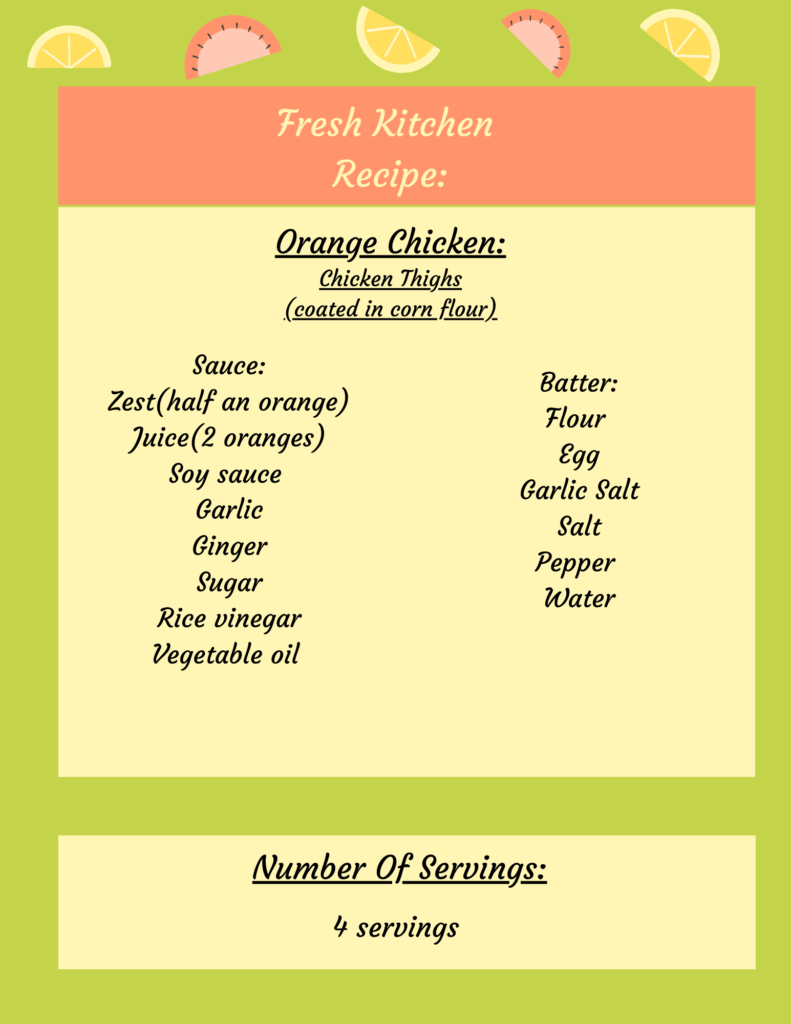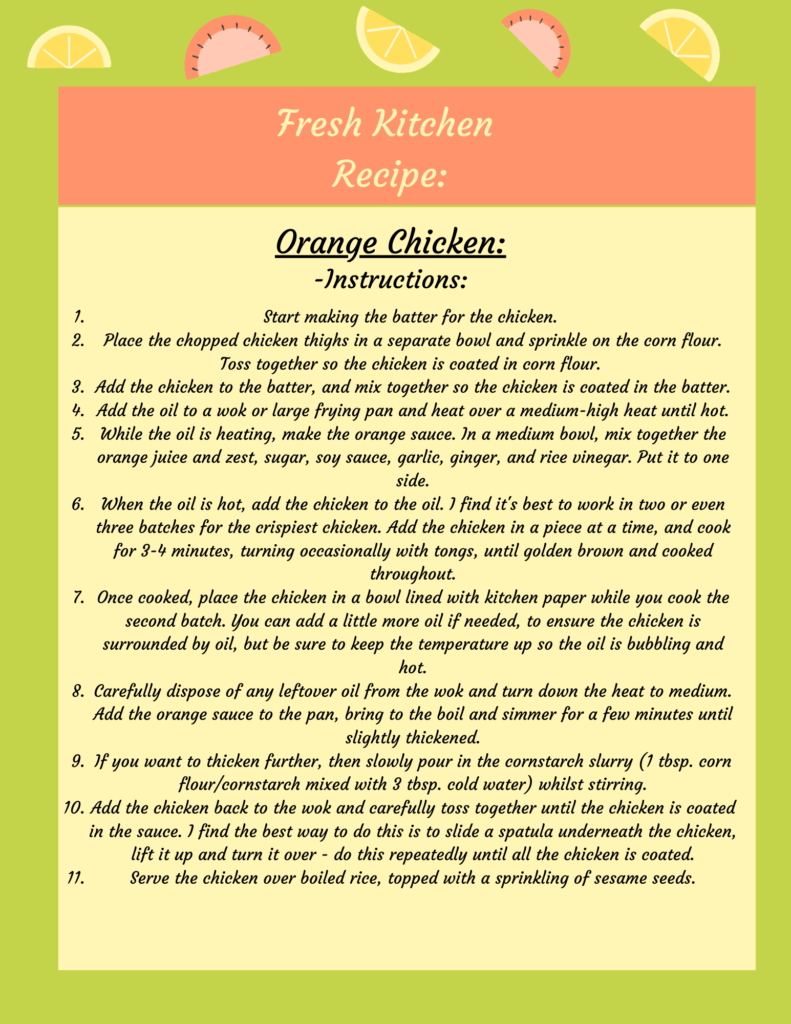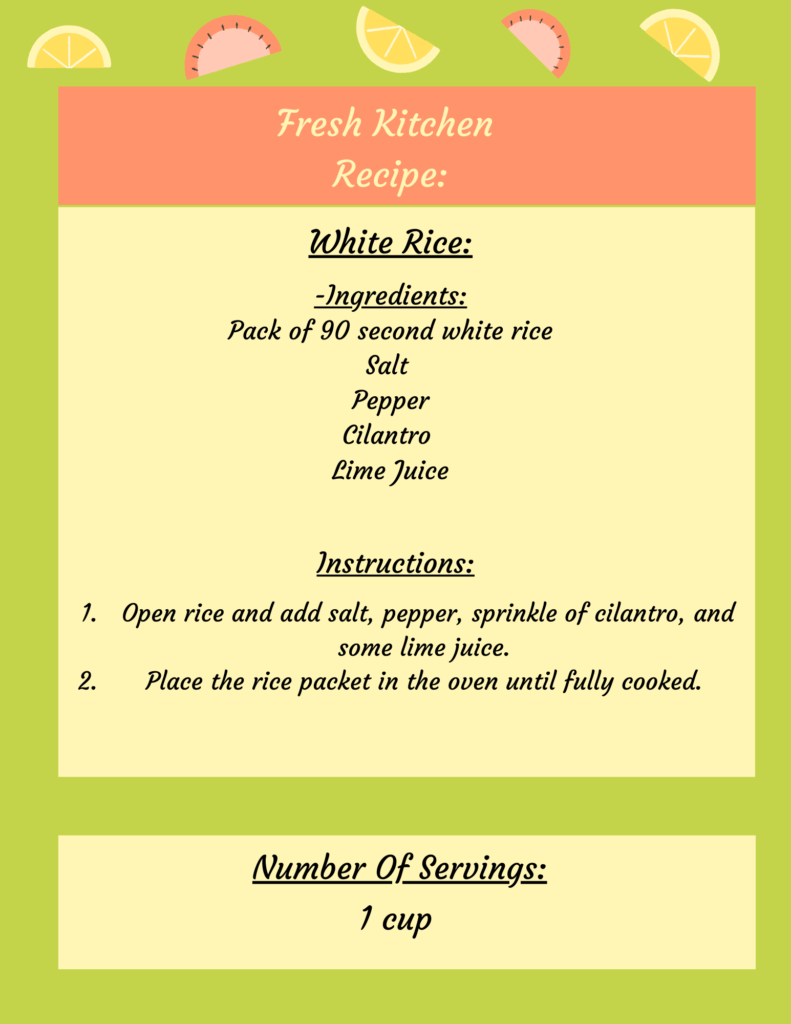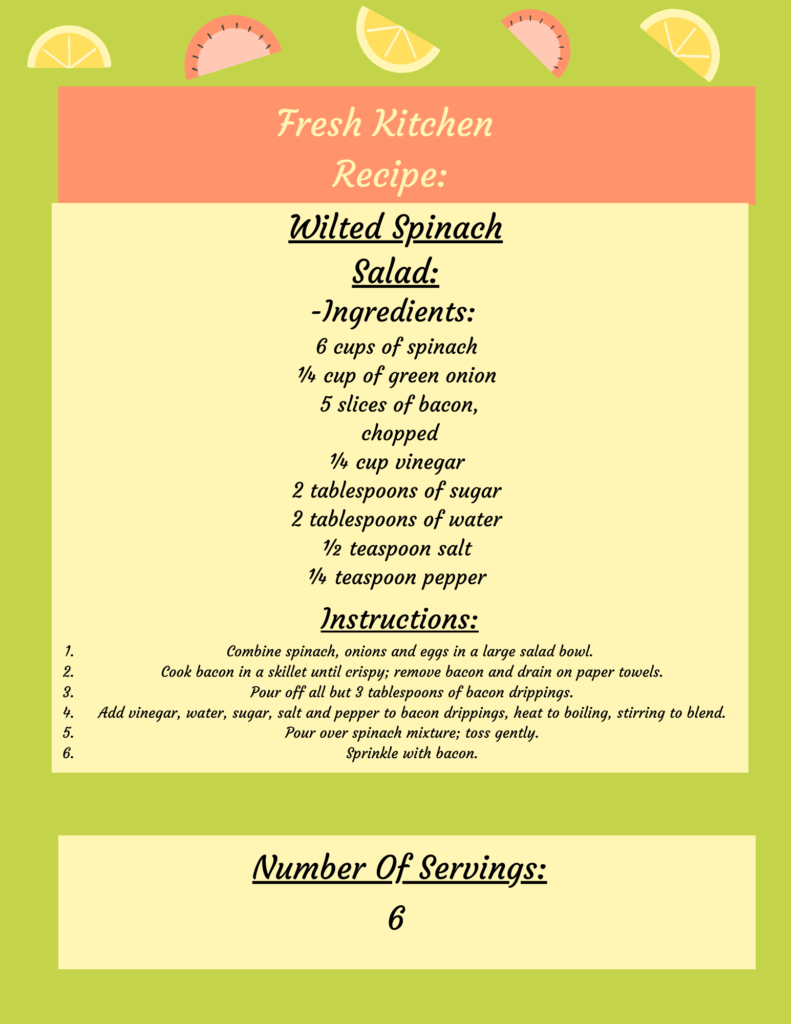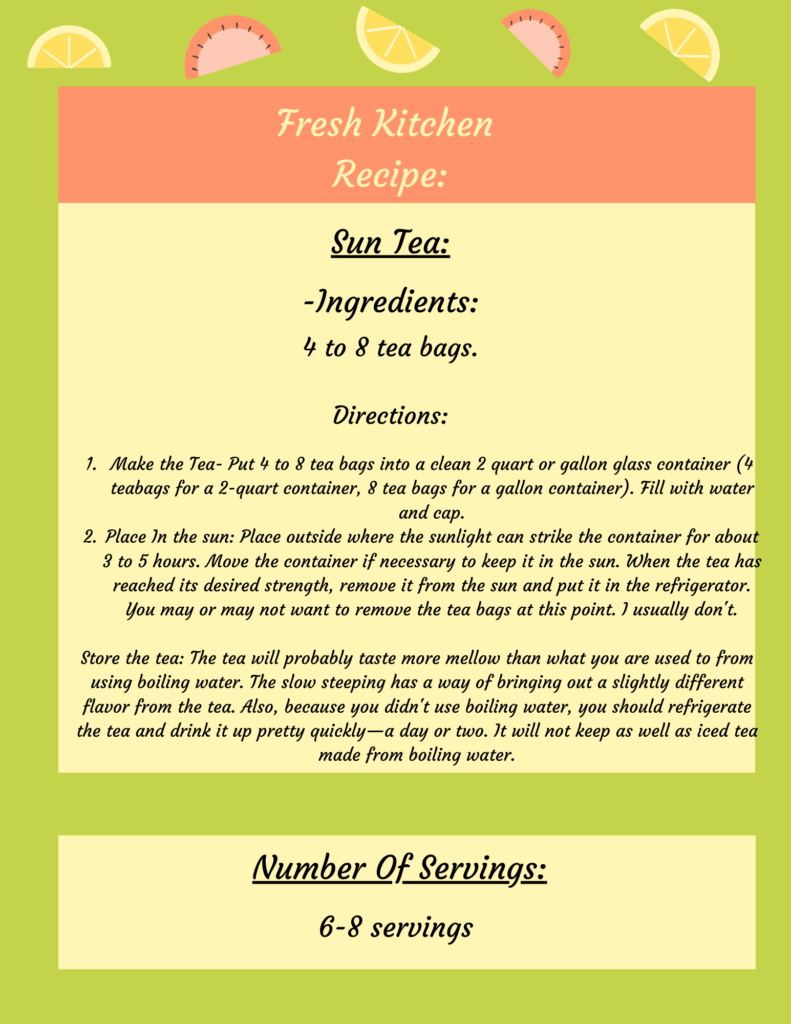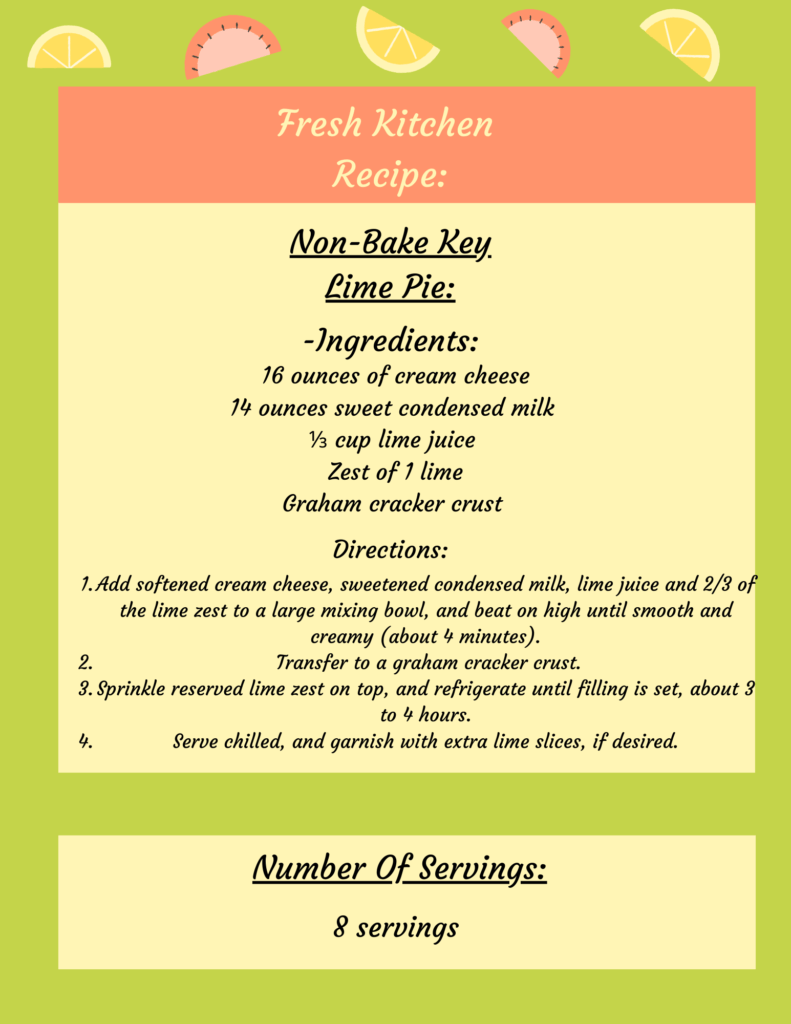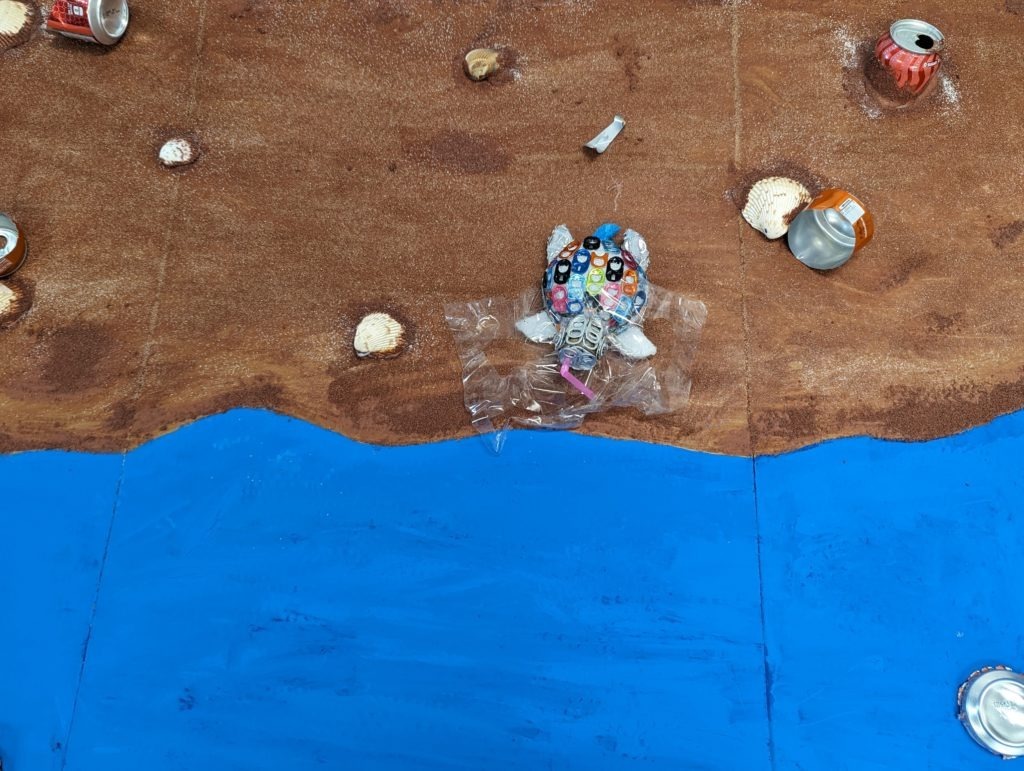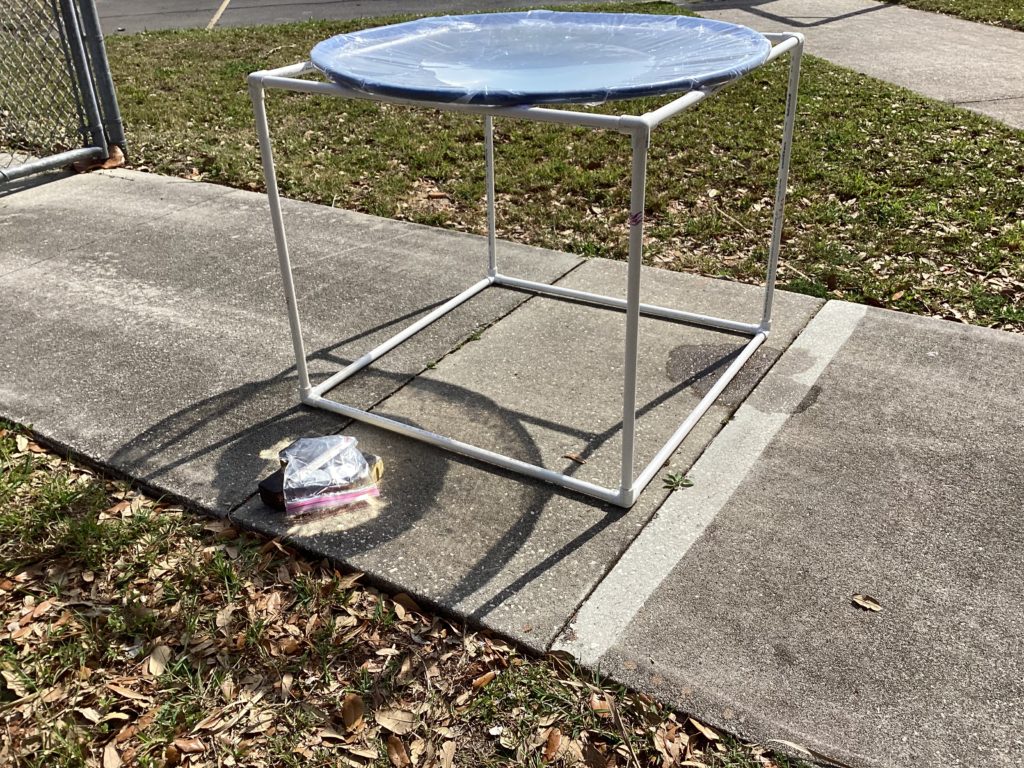Chop it like it’s hot
Milwee Middle School
Vrishank J. -8th Grade
Sadie J. -8th Grade
Alex P. -8th Grade
Jackson W. -7th Grade
Reagan A. -8th Grade
(Completed Cooker Image)
Historical Information:
Milwee Middle has competed for 12 years in Energy Whiz.
Last year, Milwee Middle placed 1st and 2nd in culinary and 1st and 3rd in design.
Interesting Fact: Milwee Middle has its own Garden, meaning that our food is fresh and local.
Photos:
Team Photo:

Design Documentation
While building our solar oven we received help from our engineering teachers Mr. Kallin and Mrs. Unterreiner. We got help from an engineering teacher Mr. Kallin by giving us idea for our spacer that will keep the plexiglass even and helping our team by cutting materials. Our coordinator of SECME and an Engineering teacher Mrs. Unterreiner helped us by giving time after school to work on the oven and supplies to build the oven with and answering and gave tips about our oven and our recipes.
We got the idea of our cooker by looking at previous projects and seeing what they succeeded in and what they did badly in. The idea we ended up choose used Fresnel lenses to magnify more light to the center of our oven. We also chose this idea since it had bigger reflectors that could direct more heat into our oven to make it heat up faster.
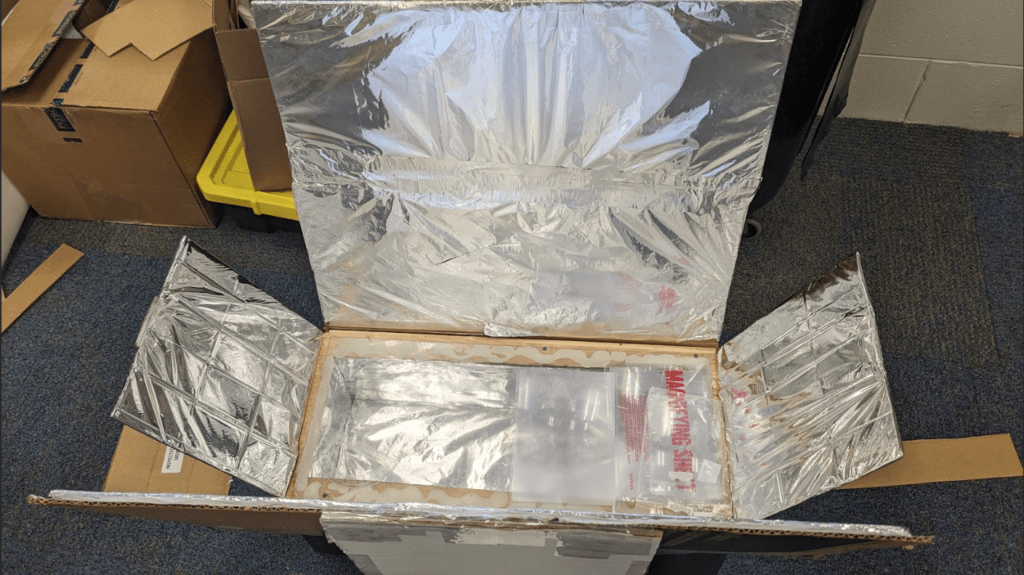




Materials:
- Cardboard Box: Used to house the insulation and what we cooked our food in.- Recycled We found this in Mrs. Unterreiner’s classroom.
- Cardboard: Used to extend our reflectors and create stands to hold our reflectors at the optimal angle.-Recycled We found this in Mrs. Unterreiner’s classroom.
- Wood: Used to frame out the lid and house the plexiglass-Recycled We found this in Mr. Kallin’s closet and we cut this into a frame which then was used to make a lid for the oven.
- Black Spray paint: Used to color our oven to capture more heat.-Bought We purchased this from Home Depot.
- Tinfoil: Used to make our reflectors more reflective.-Recycled We found this in Mrs. Unterreiner’s classroom.
- Plexiglass: Used to seal the oven but still allow light to pass through.-Recycled We found this in Mr. Kallin’s closet and we had to cut it to the correct size.
- Thermal/Solar Blanket: Used to wrap the carboard and make the reflectors reflective-Recycled We found this in Mrs. Unterreiner’s classroom.
- Screws: Used to attach the wood and create the frame for our plexiglass.-Recycled We found this in Mrs. Unterreiner’s classroom.
- Tape: Used to attach the reflectors together and attach the solar blanket to the reflectors and to the insulation board.-Recycled We found this in Mrs. Unterreiner’s classroom.
- Newspaper: Used for extra insulation. -Recycled We found this in Mrs. Unterreiner’s classroom.
- Insulation Board: Used to trap the most amount of heat into the oven.-Recycled We found this in Mr. Kallin’s closet
- Fresnel Lenses: Used to direct light to a specific area of our oven and then distribute that light to the entirety of the oven. -Recycled We found this in Jackson’s garage.
Test Results:
We unfortunately we could not test our solar oven as often as we wanted to due to inclement weather and testing schedules, but the one time we tested the oven it reached 226 degrees Fahrenheit in 1 hour, time of day was around 3:00 to 4:00 in sunny weather. So we think that it will achieve a temperature of around 300 degrees Fahrenheit in 2 hours. This is an image of it with the thermometer inside of the oven.

Team Design Video
Menu:
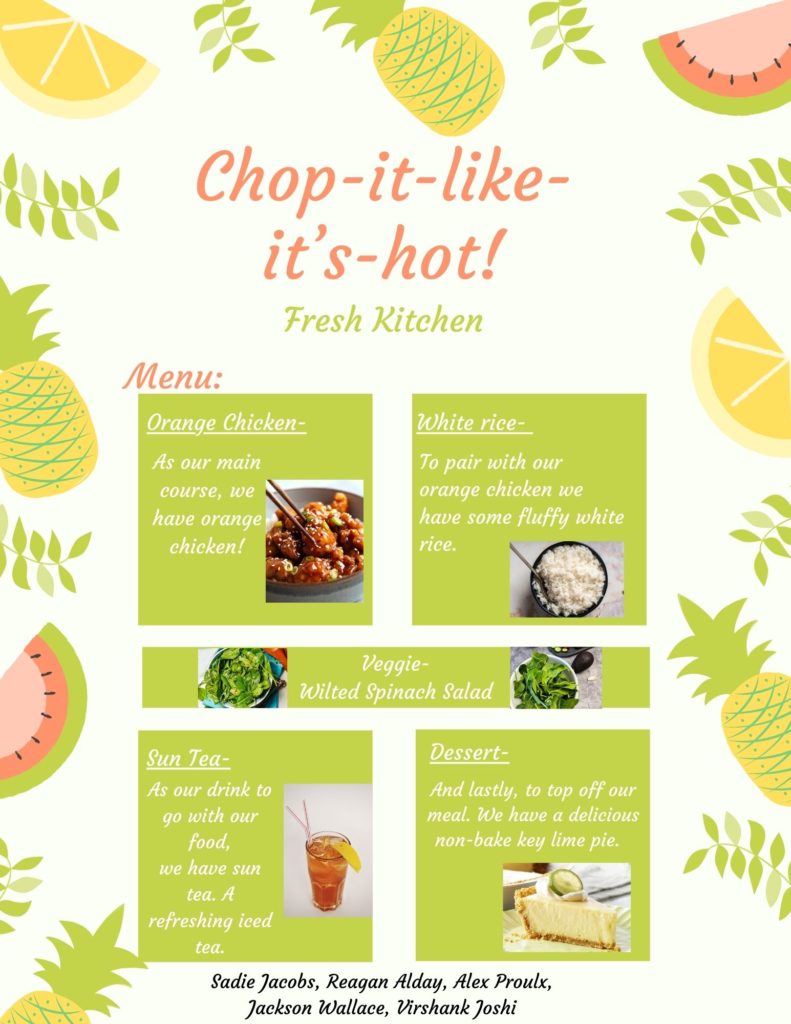
Recipe:
